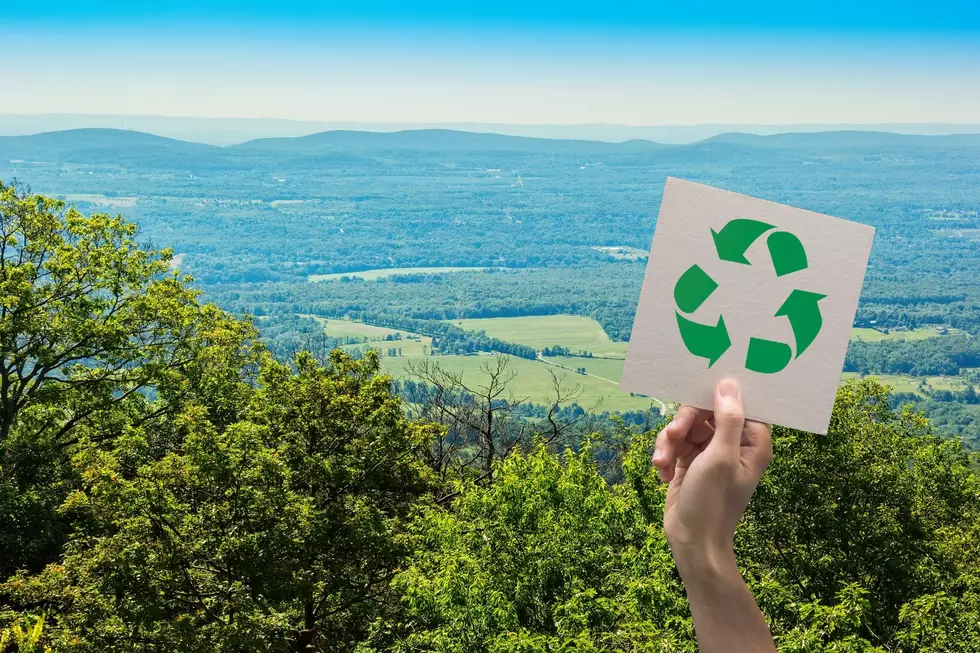
One of the Season’s Best Meteor Shower Peaks Over the Hudson Valley
There is yet another meteor shower expected to peak soon, and unlike the Draconids earlier this month, we might actually be treated to a show. After all, the origins of the next meteor shower come from none other than Halley's Comet. And if we look at this week's weather forecast here in the Hudson Valley, we could be seeing some prime viewing conditions.
The American Meteor Society says that the Orionids meteor shower will peak late Wednesday, October 20, to early Thursday, Oct. 21. The Orinonids appropriately draw their name from the constellation Orion, which will appear as the point of origin. The Orionids have quite a famous "parent", as they are the remains of Halley's Comet, which last passed near Earth in 1986. Meteors, or shooting stars, are a bright streak of light from a heated and glowing object falling through the Earth's atmosphere. The brightness depends on the size of the projectile, the speed in which it's hitting the atmosphere, or the make up or composition of the object
AccuWeather says in normal years, the Orionids can produce around 20 meteors per hour. This year, could see a few less than normal with a bright full moon falling on Wednesday night. As always, you'll want to be away from as much excess city lights as possible for the best viewing experience. As we know, weather can play a factor when it comes to these sort of astronomical events, and the skies over the Hudson Valley aren't always cooperative. According to Hudson Valley Weather, Wednesday night should see partly cloudy skies for the majority of the evening. Some clouds could increase by daybreak. Still, this is better than most of the forecasts we've seen for sky watching.

